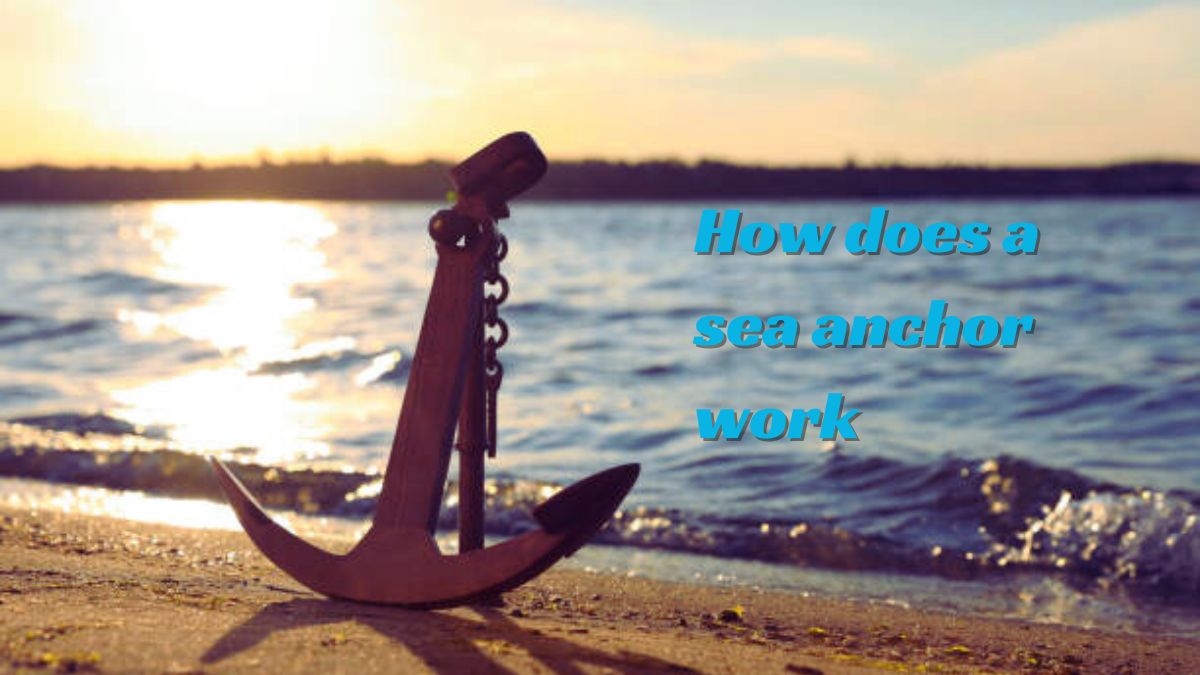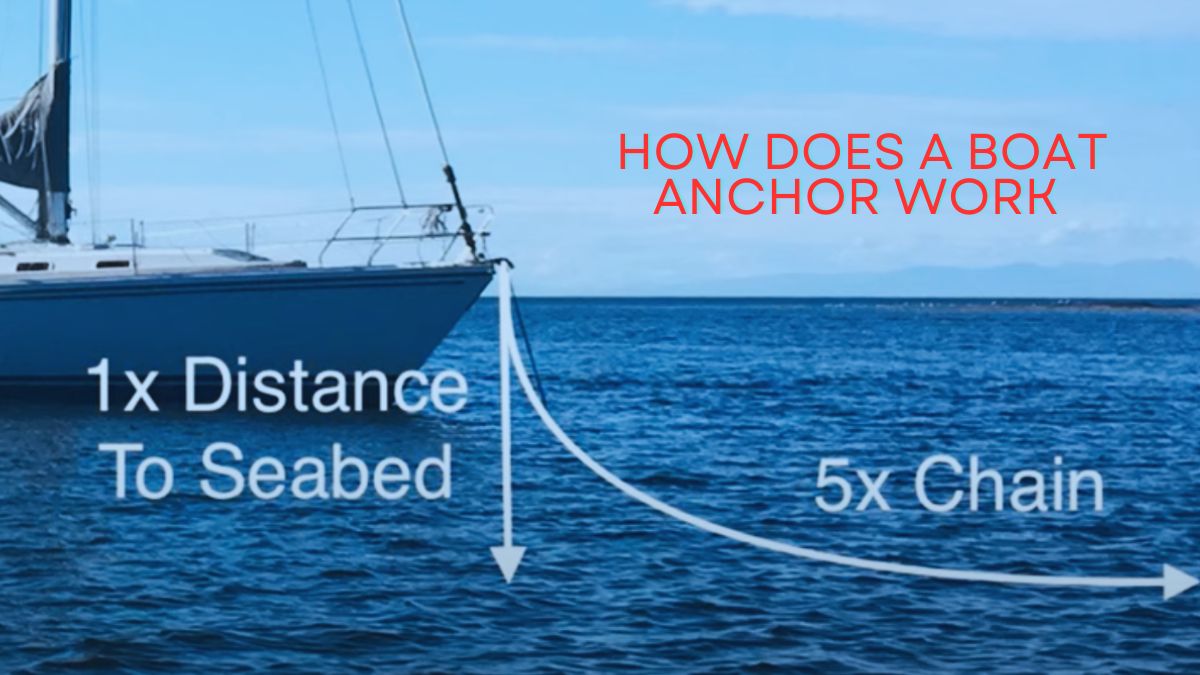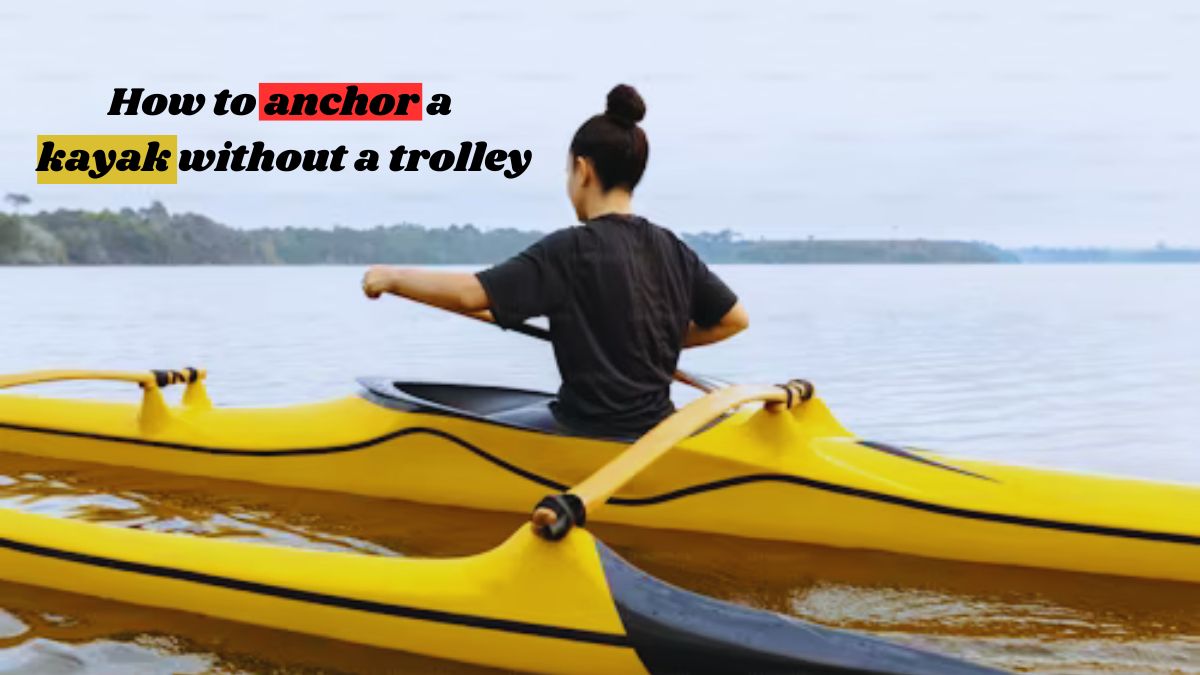
How to anchor a kayak in a river
learn easily how to anchor a kayak in a river
Before knowing how to anchor a kayak in a river , you need to know what a kayak is and its importance. Kayak anchoring is the practice of securing a kayak in a fixed position while navigating a river. This will ensure stability and safety in running water, the right anchoring for angling, birdwatching, or simply enjoying the scenery. In rivers, sometimes the current can be unpredictable. Proper anchoring then becomes even more important. This will provide stability against the flow. This allows you to engage in pause, observation activities without going into the flow.

Effectively anchors the kayak. Gains control over location. Moreover, it will facilitate focused fishing or photography. which will enable you to maximize your time on the water. Mastering kayak anchoring techniques will ensure safety in the dynamic environment of basic flowing water for any river kayaker.
How to anchor a kayak in a river
How to anchor a kayak in a river from the answer to this question we have divided into two parts. Things to consider before kayaking. Second is what to do while kayaking. For example, the anchor must be selected before the kayak. We have to see how the condition of the river is. Second, what to do while eating, where to do it, how to do it.
Read more: How to anchor a boat in a lake 2024
Selecting the Right Anchor
Choosing the right anchor for river kayaking is essential. Because it is essential for a safe and stable hold in different currents and bottom conditions. Here first some suitable anchors will be mentioned. It will also tell you how to choose the right anchor. Different types of anchors are suitable for river kayaking. For example:
Grapnel Anchor: This multi-fluke anchor will provide excellent holding power on a variety of bottom types, including rocky or weedy riverbeds. Its multiple ridges will grip the riverbed securely. Will provide stability at moderate currents.
Mushroom anchor: Will be ideal for calm or slow moving rivers. A mushroom anchor will rely on its weight and mushroom-shaped head to anchor the kayak effectively. It would be best suited for sandy or muddy bottoms. Where gripping power is essential.
Folding Anchors: Compact and versatile, folding anchors are most popular among kayakers for their portability and ease of use. They usually have multiple folding flukes. It can handle a variety of bottom types. This makes them suitable for different river conditions.
When selecting an anchor for river kayaking, there are several elements to consider. Considering these elements will help you choose the suitable anchor. That is:
- Choose an anchor with sufficiently weight to hold your kayak against the wind of the river. More serious anchors will deliver better strength. But will be more difficult to cart.
- Anchors made from long-lasting materials such as galvanized steel or stainless steel should be selected to resist the rigors of river kayaking and fight corrosion in freshwater environments.
- Will think river depth, current power and bottom framing. Choosing an anchor that is suitable for the specific needs you will encounter will provide reliable anchoring arrangement
Understanding River Conditions
Understanding river needs is important for practical anchoring while kayaking. That’s because it will affect the strength and security of your anchor.
River Current: The power and movement of the river current will greatly affect the anchorage. Strong currents exert significant influence on the anchor and kayak. Affects the stability of the kayak. Before anchoring, the rate and demand of the current must be well intent to determine the right anchor type and location.
Depth: The deep of the river will decide how much anchor line you need to remember to properly secure the kayak. In more surface rivers, you may require to adjust your anchoring process. So that the anchor can hold securely without removing the bottom of the river.
Bottom Composition: The base is of various classes such as sand, mud, rock or vegetation etc. This needs different anchoring methods. For example, a grapnel anchor can be additional effective on rocky or weedy bottoms. While a mushroom anchor will perform well in sandy or muddy bottoms. Comprehending the structure of the riverbed allows you choose the right anchor. And it will allow to deploy actually.
Before anchoring in the river, here are some tips for setting the river needs. That is:
- Monitoring current flow and pace.
- Using a deep finder. Or visually assessing the depth of the river.
- Scan the water for any obstructions or hazards.
- Shore anchoring shall assess the strength of the river bank.
- Be aware of differences in river situations due to weather or tides.
How to Anchor a Kayak
Anchoring a kayak in a river needs stability and safety. Doing these requires accuracy and technique. Here are step-by-step policies for effective anchoring:
Kayak Location: Select a suitable spot on the river. Where you want to anchor. Factors such as recent strength, water depth and nearby blocks will be considered. Keep the kayak facing upstream or vertical to the current for better strength.
Anchoring: Lower the anchor to the side of the kayak. It will sink to the bottom of the river. Use a silky, controlled motion to control water splashing or irritation. Pay awareness to the anchor line. And make sure it doesn’t get trapped or blocked by any obstacles.
Anchoring: Once the anchor gets the river bed. Then let it settle and grip the base securely. Gentle pressure should be used to check anchor line retention. If required, adjust the standing of the anchor by slowly removing it along the river bank until you handle it catch.
Adjusting the Anchor Line: Setting the anchor requires changing the height of the anchor line to reach the desired position of the kayak. Sufficient slack must be left in the line to accommodate changes in water level or kayak movement. A cleat or anchor on the kayak will secure the anchor line to the trolley to prevent it from slipping.

Monitoring and re-adjusting: will periodically check the anchor hold and the position of the kayak with the current. The anchor will readjust the line as needed to maintain stability and prevent drift.
These anchoring techniques will follow. You can safely anchor your kayak in a river. And enjoy a safe and enjoyable paddling experience.
In conclusion
Mastering the art of anchoring a river kayak is essential for a safe and enjoyable paddling experience. By understanding the river conditions, the right anchor should be selected. And proper anchoring techniques need to be used. Kayakers can improve their stability and control. can maximize their enjoyment in the water. Thanks for getting this article on how to anchor a kayak in a river .
FAQs
What type of anchor is best for river kayaking?
Grapnel anchors are versatile and will provide good holding capacity in a variety of river conditions. So it is the best.
How do I know how much anchor line to use?
Anchor line length should be used approximately 7-10 times the water depth to ensure proper anchoring.













Leave a Reply